Kent by numbers
The health-related measures presented below are indicative of the issues raised in the Kent Joint Strategic Needs Assessment.
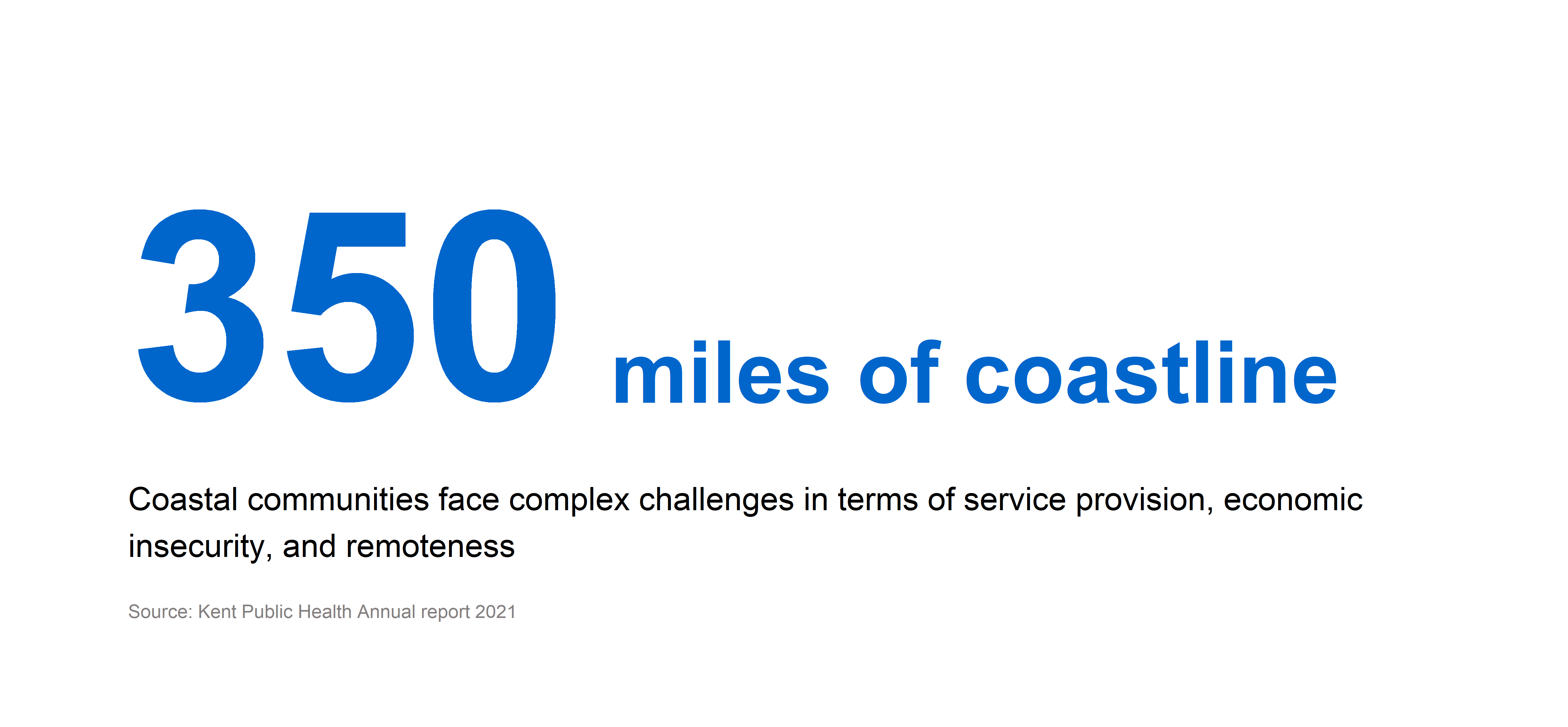
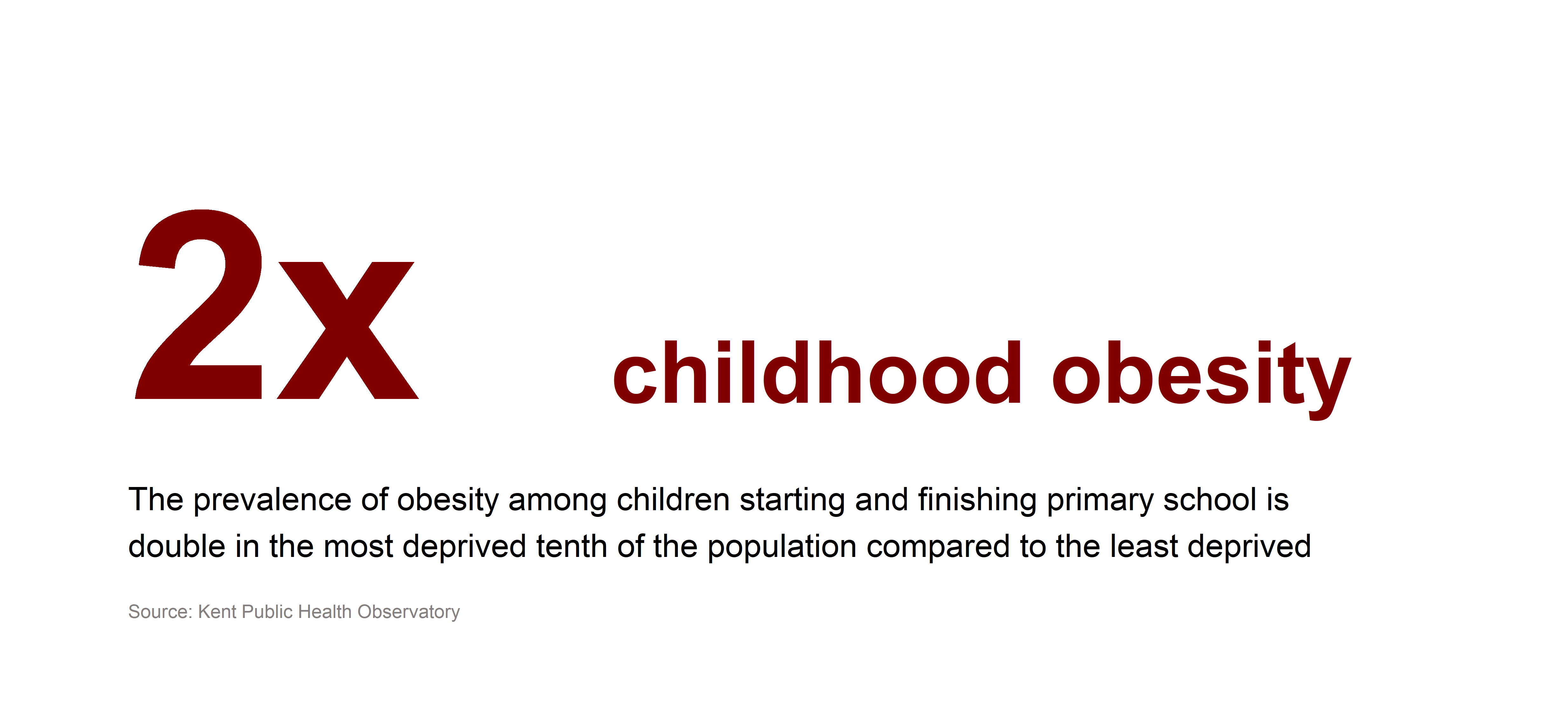
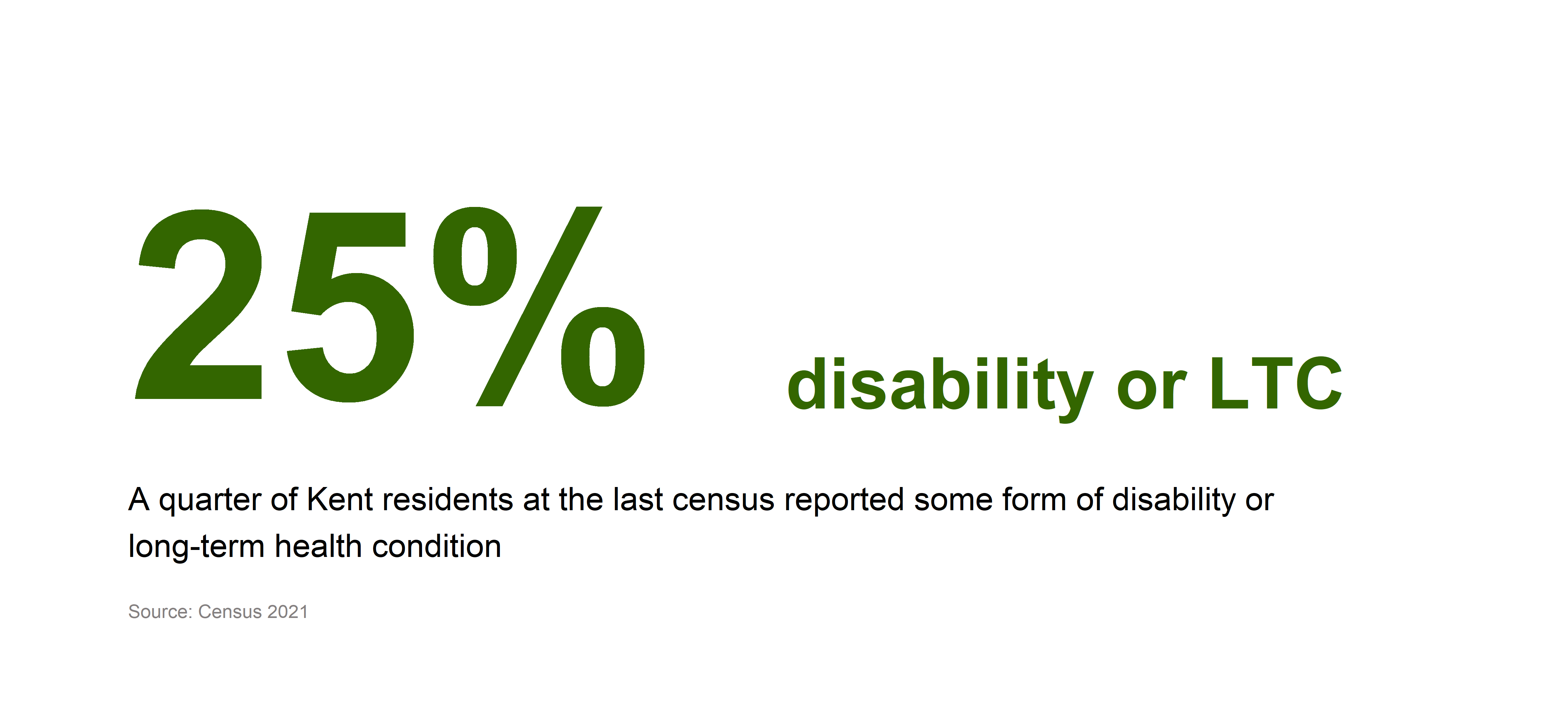
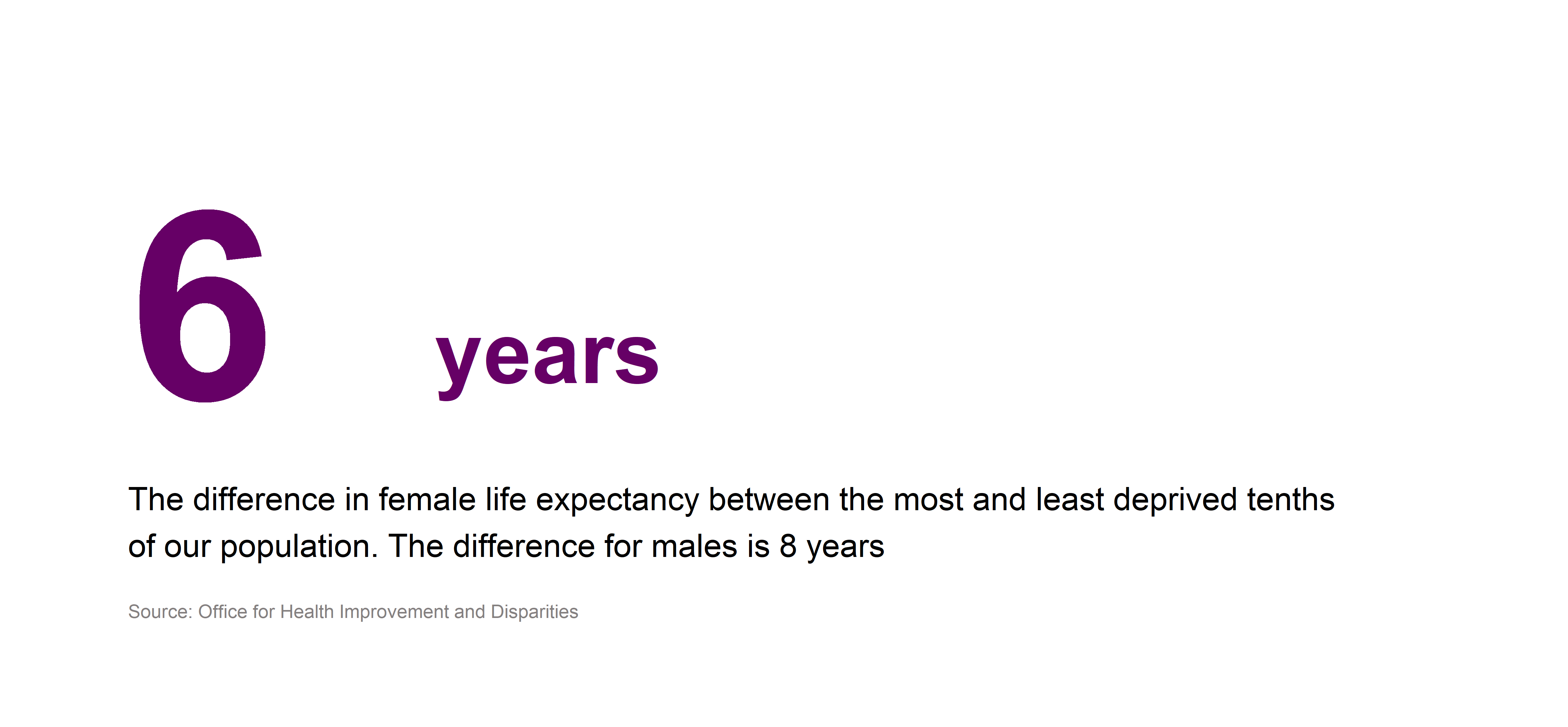
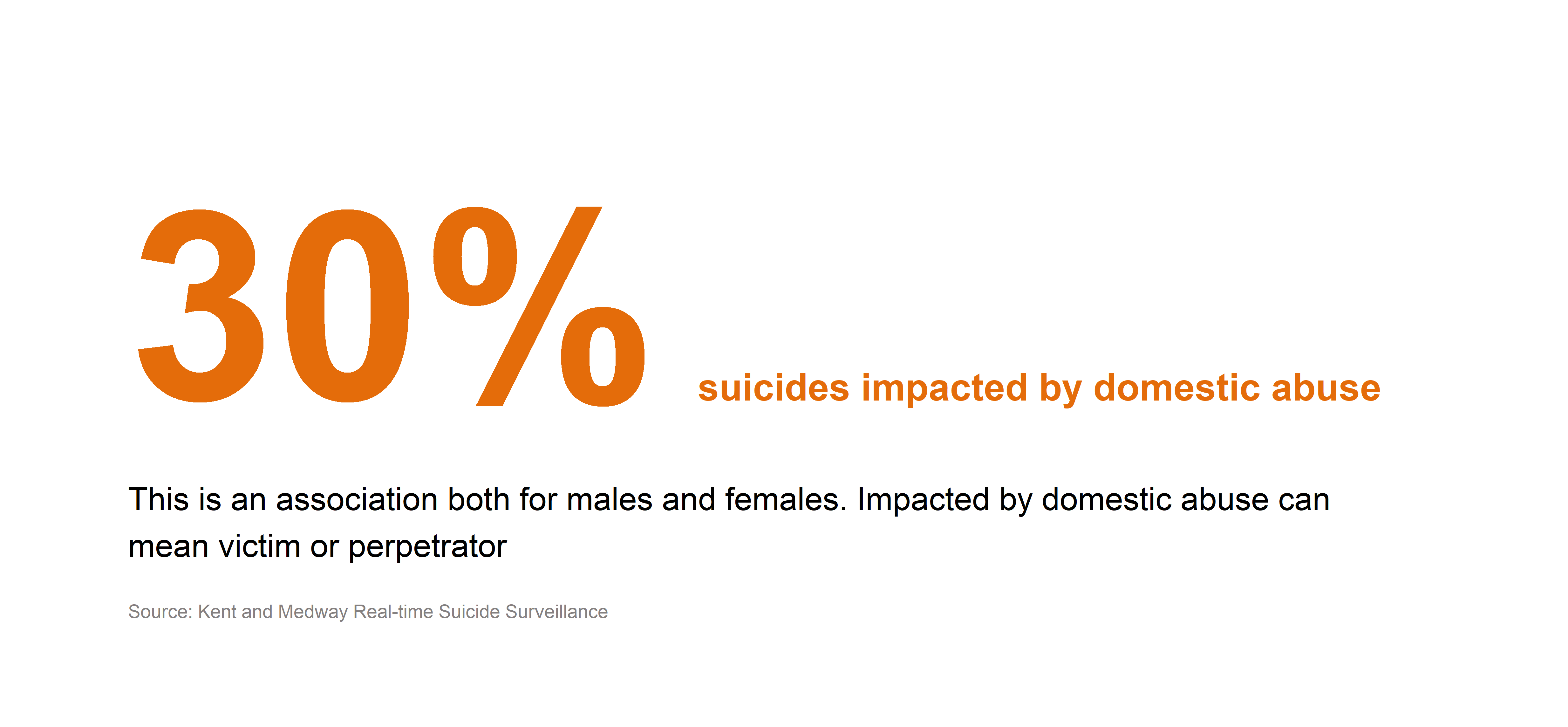
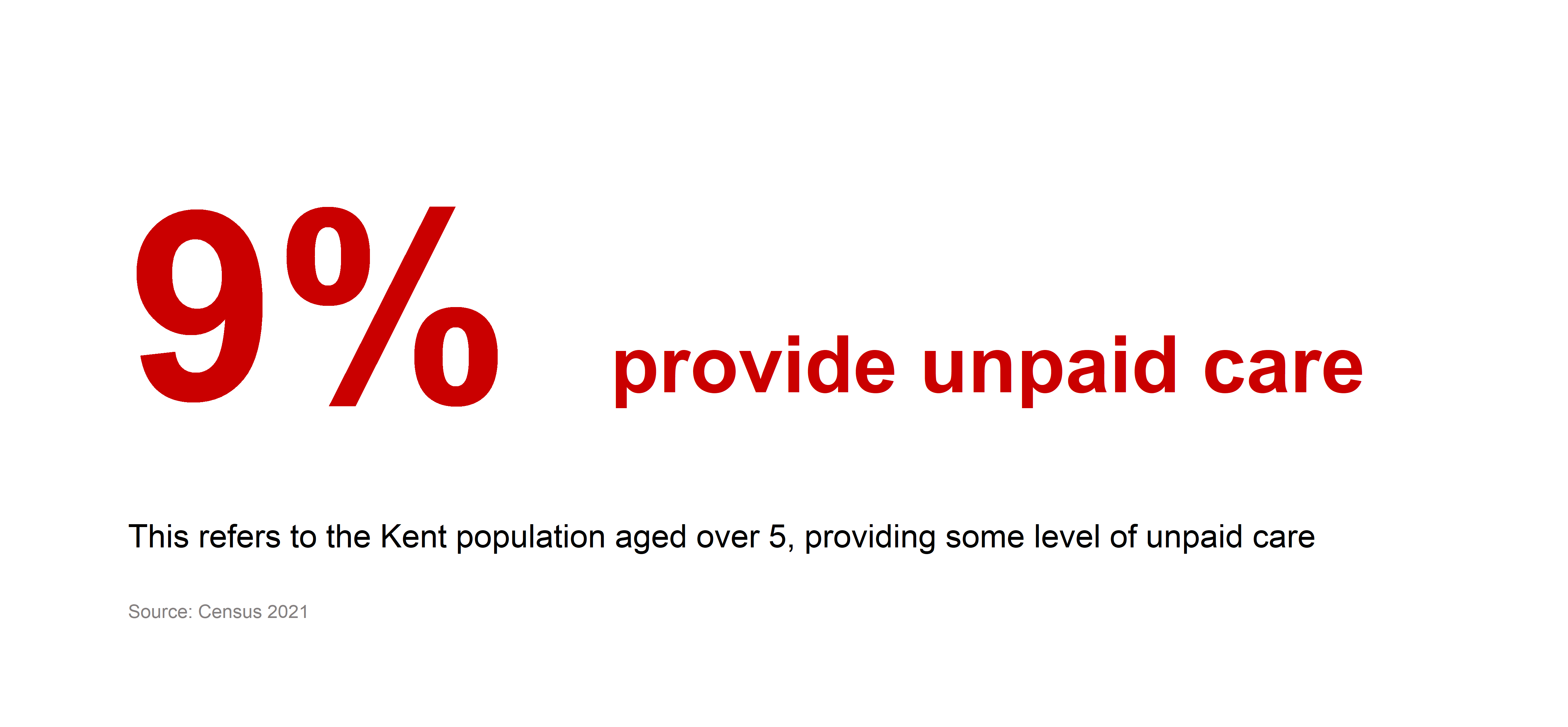
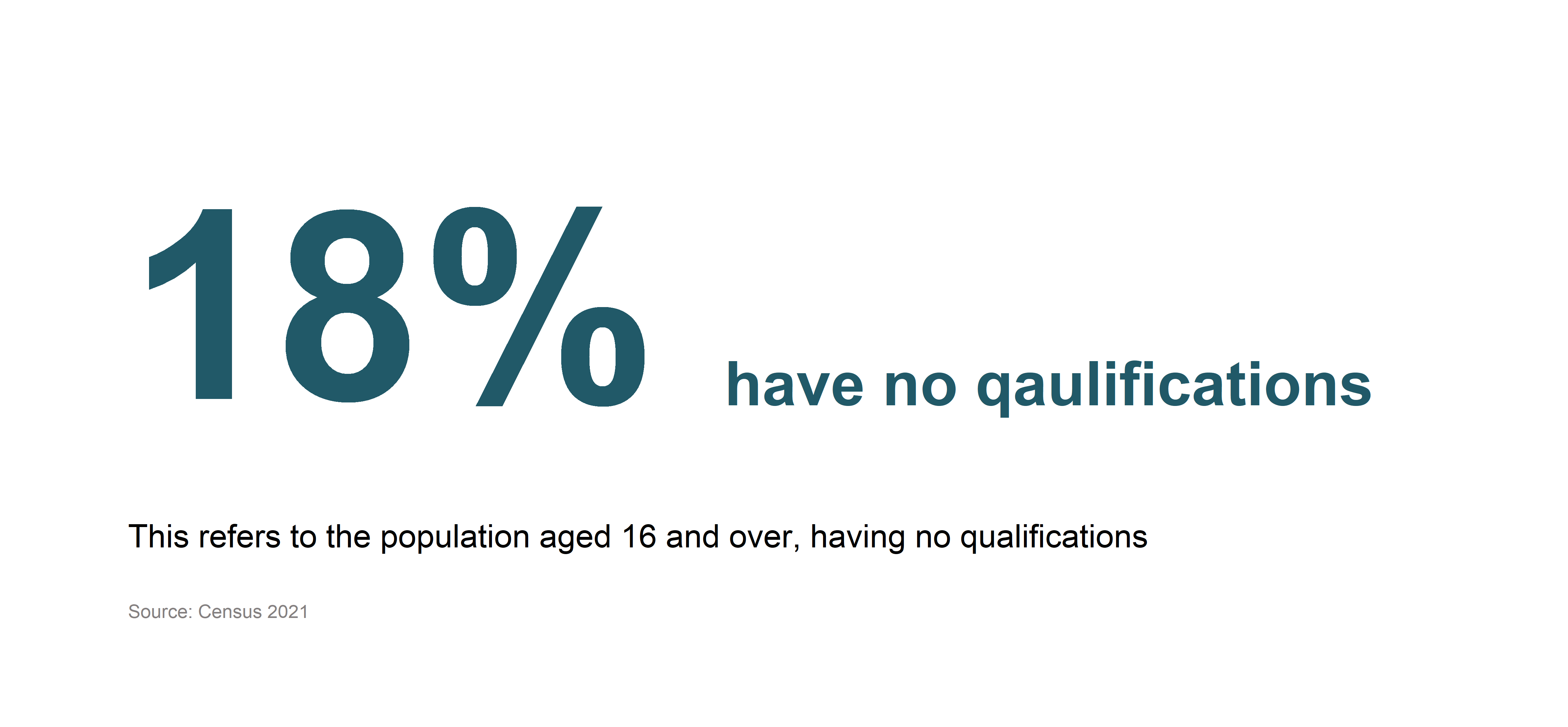
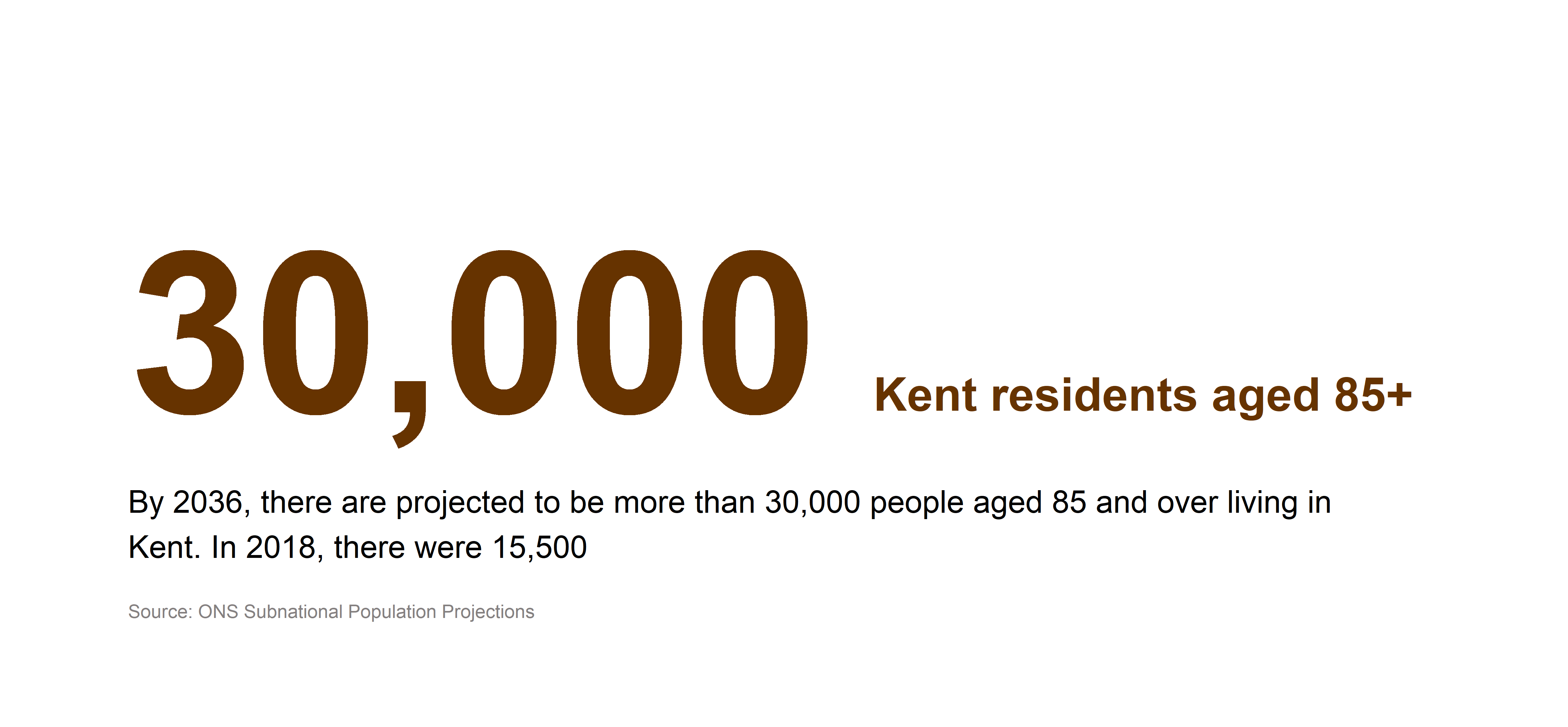
The health-related measures presented below are indicative of the issues raised in the Kent Joint Strategic Needs Assessment.







